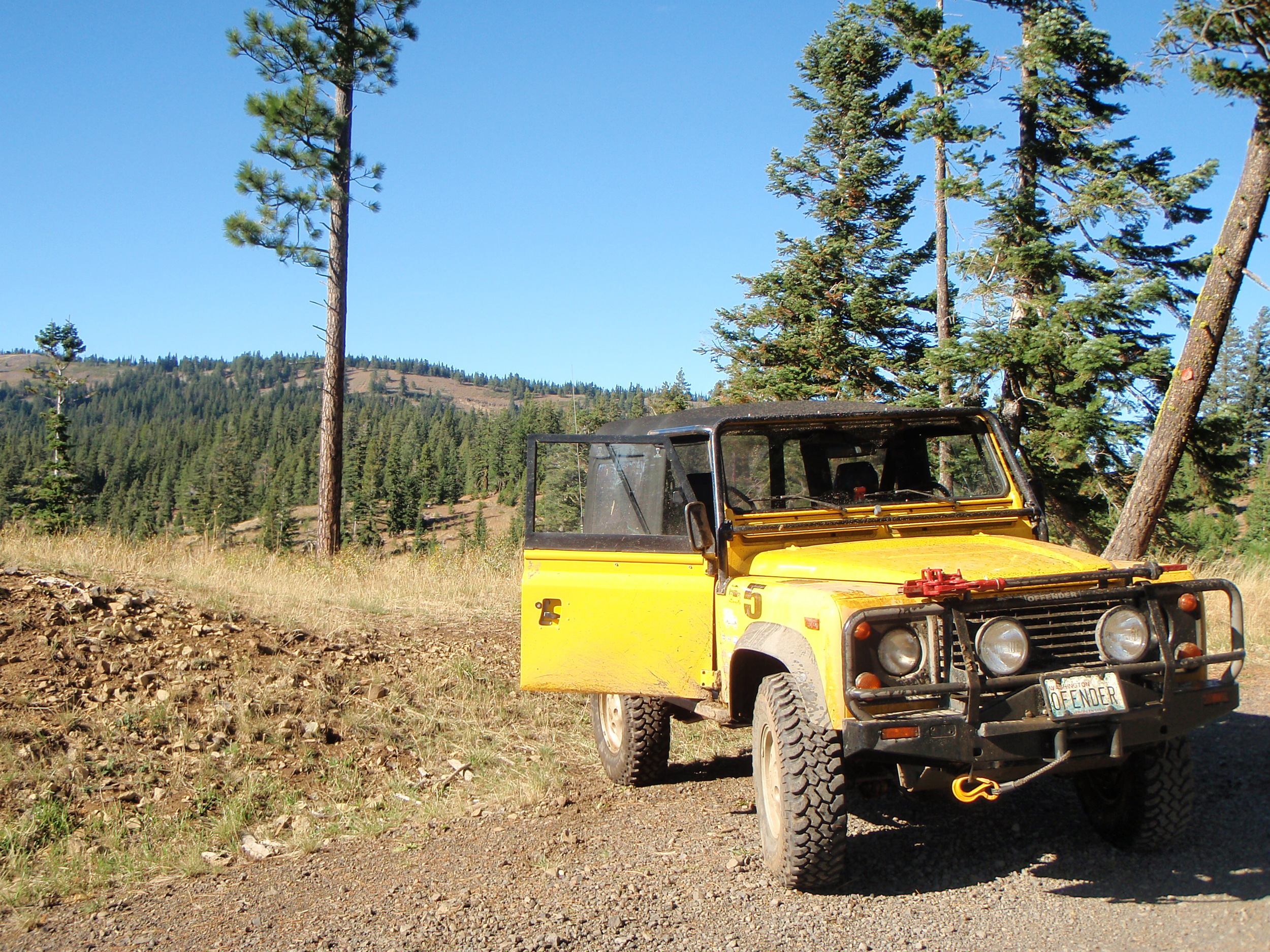There is something magical about London. I have always loved this city. With an 8-hour layover Jenna and I decided to pop into town for a bite to eat and to see my friend Nandi Simpson with whom I grew up in Zimbabwe. The lines at immigration were so short that my time savings going through the UK passport holders' line were less than a minute. Soon we were on the Underground watching the rooftops and walled-in back gardens zoom past.
At Knightsbridge we surfaced and walked ten minutes to Motcomb Street. Jenna, the Culinary Affairs Director for this trip, had researched a restaurant called Ottolenghi. All of my friends in London assured me that if we were going to eat anywhere, this might as well be it.
Small place, huge flavours: Ottolenghi. Excellent choice, Jenna!
Our short stroll took a couple of detours, as I was distracted by the local automobile fauna. It was impossible to walk 20 metres without passing a Range Rover and other posh wheels that decorated the narrow streets, including Ferraris, a McLaren, and a Rolls Royce. I also stopped in Waitrose for my obligatory London provisions: Bassett's Licorice Allsorts, Cadbury Flake, and chocolate digestive biscuits.
Ottolenghi was packed with well-to-do Londoners in search of a delicious meal on Saturday afternoon. A Mediterranean restaurant, this satellite branch of the original was a more casual deli version where you could order items from the counter. Given the crush of people inside and the beautiful sun outside, Jenna took charge of ordering and we brought our bounty to a plaza bench to enjoy.
The dessert selection, with indigenous local fauna parked outside.
The food was delicious and well worth the 40-minute Tube ride. We sampled seared ahi tuna, lamb koftas, grilled eggplant with tahini, roasted red peppers with quinoa, roasted potatoes, roasted sweet potatoes, and a crunchy salad that included greenery from both land and sea. This explosion of fresh flavor was a much-welcomed change of pace from our snacks and airline meals.
The scene was tranquil, as families gathered at small tables at a French cafe and many languages wafted through the air. It was so inviting we moved into the cafe and enjoyed a satisfying cup of tea. Even here in the heart of an old London borough we were reminded of the long reach of Seattle's cultural influence. The defences of upscale Mayfair could not withstand the advances of Starbucks (perhaps only Bhutan can) and the cafe stereo played an old familiar by Pearl Jam.
Teatime at Patisserie Valerie.
Our walk continued down narrow lanes and we stepped into a tiny neighbourhood pub called The Nag's Head. At a cozy dark corner table we enjoyed a pint of bitter. Coming from the Northwest, awash in endless varieties of IPA where each tries to out-hop the rest, it was refreshing to drink a hand-pulled pint of room temperature bitter with nearly no carbonation. Note to the PNW: this is how it's done.
Ultimately Nandi was unable to join us, which was a shame, but we'll just have to plan a return visit and spend longer. Back in Heathrow we remarked how little the place resembled an airport. Terminal 3 was more like a luxury goods shopping mall. Not sorry to depart that scene, we boarded our flight for Johannesburg and I dreamt of narrow streets, delicious beer, and grilled vegetables.
The quiet, small streets.
An inviting sight.
It doesn't get much better than this: the real deal.













